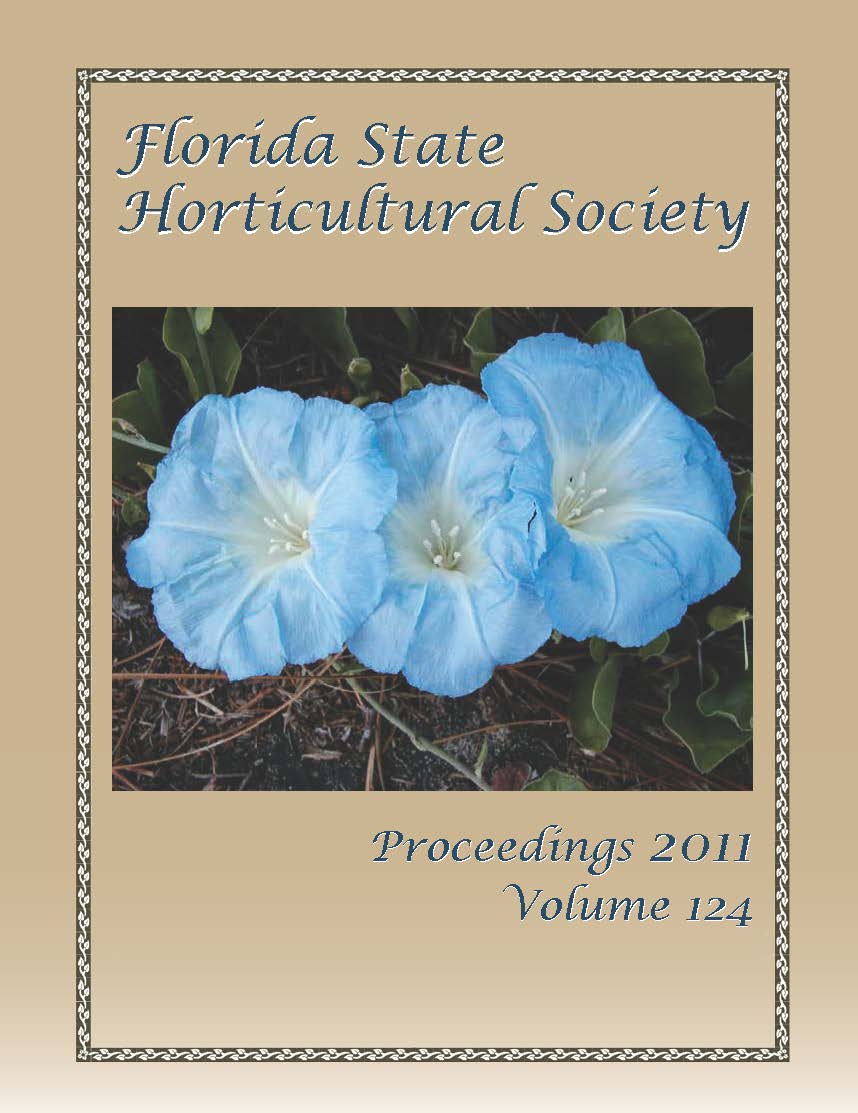Environmental Conditions Encountered during Distribution from the Field to the Store Affect the Quality of Strawberry (‘Albion’)
Published 2011-12-01
Keywords
- Fragaria ×ananassaDuch.,
- shipping,
- temperature,
- relative humidity,
- quality attributes
Abstract
Strawberries are one of the most appreciated fruits due to their delicate flavor. However, the fruit is fragile and deteriorates rapidly if handled under adverse conditions. Long transit times from the field to the retail store and poor handling conditions often result in very short shelf life and poor overall quality. In order to understand the impact of transit conditions on the quality of ‘Albion’ strawberry, two shipments of strawberries were monitored from the field in California, thru the distribution center, and finally to a retail store in Georgia. Strawberries were selected and evaluated at the field for appearance, weight, incidence of bruising and decay, and soluble solids content. Temperature and humidity data loggers were placed inside clamshells containing the selected fruit to monitor the environmental conditions during transit. Quality of the selected fruit was then evaluated after pre-cooling, upon arrival to the distribution center, and at the store. The transit times varied between 7 and 9 d, with temperatures ranging from 0 to 30 °C and 34 to 87% relative humidity. Overall, results from this study showed unacceptable strawberry quality due to poor appearance upon arrival to the distribution center. Weight loss, incidence of bruise and decay increased during transit while appearance and soluble solids content decreased. The major causes of fruit rejection at the store level were decay and bruising, which affected 26.8% and 75.3% of the fruit, respectively. Long transit times and abuse temperatures shortened the shelf life of the strawberries and contributed to poor fruit quality.

